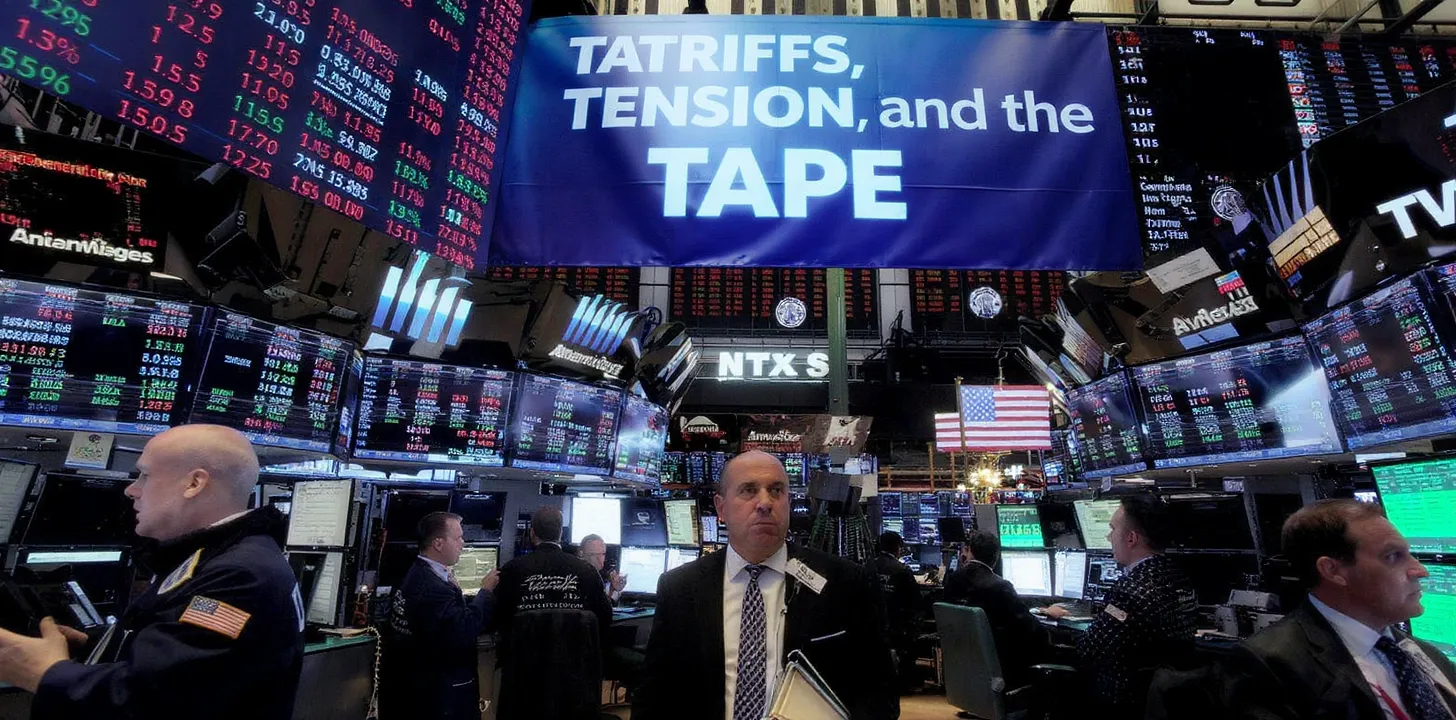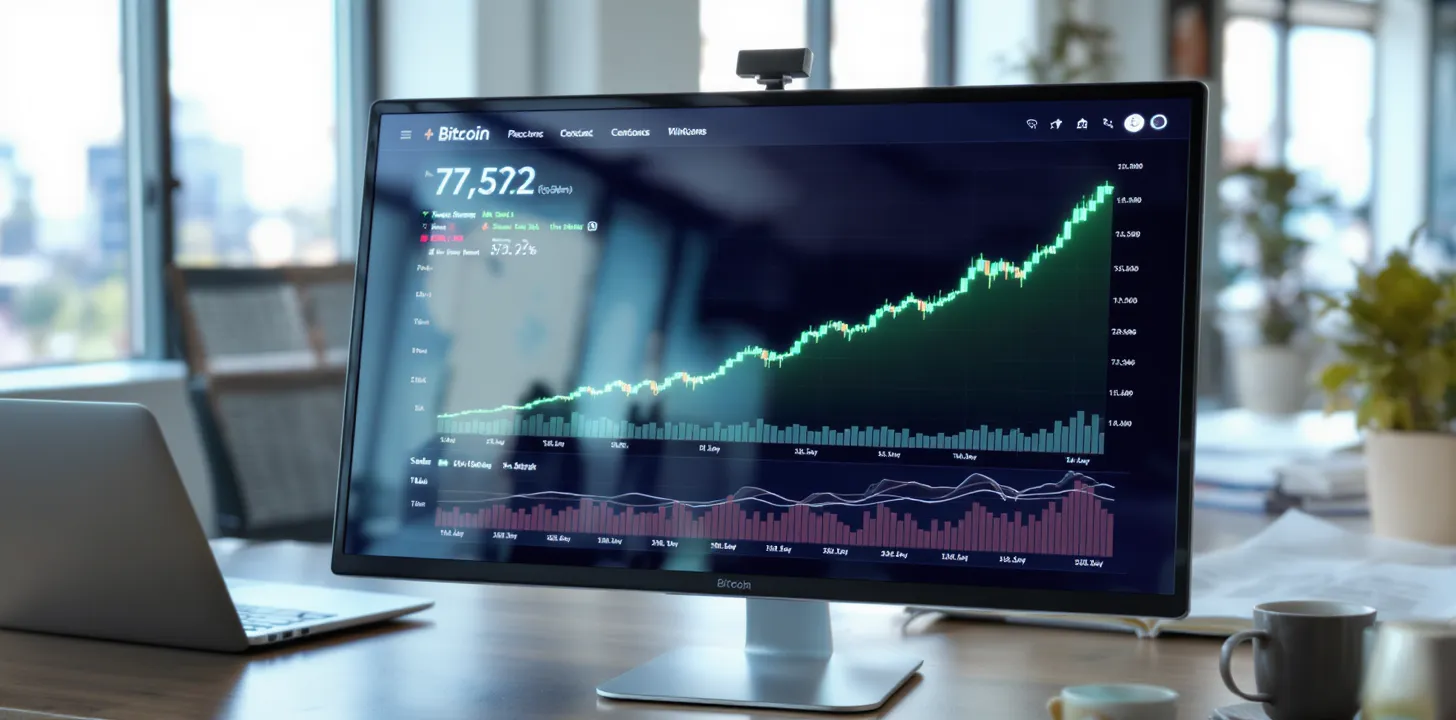The Art of Macro Trading: Leveraging Economic Indicators to Outperform Markets
Introduction
Macro trading is a sophisticated investment strategy that focuses on large-scale economic and political trends to drive trading decisions. By analyzing macroeconomic indicators such as GDP, inflation rates, and employment statistics, traders can predict market movements and uncover opportunities across asset classes, including equities, currencies, bonds, and commodities. In this blog, we delve into the intricacies of macro trading and explore how to harness economic indicators effectively.
Understanding Macro Trading
Macro trading, short for macroeconomic trading, involves taking positions based on global and national economic developments. Unlike traditional trading strategies that may focus on company fundamentals or technical patterns, macro trading examines the broader economic environment. The goal is to identify how shifts in economic policy, geopolitical events, or global financial conditions will affect markets.
Key Economic Indicators for Macro Traders
- Gross Domestic Product (GDP): GDP is the most comprehensive measure of a country’s economic performance. Macro traders monitor GDP growth to gauge the health of an economy. Accelerating GDP often signals a strong economy, leading to bullish market conditions, while contracting GDP may indicate recessionary pressures.
- Inflation Rates: Inflation directly impacts monetary policy. Central banks aim to maintain price stability, often targeting a specific inflation rate (e.g., 2% in the U.S.). By analyzing inflation trends, traders can anticipate interest rate adjustments.
- Employment Data: Employment statistics, such as the unemployment rate and non-farm payrolls (NFP) in the U.S., provide insights into labor market strength. A strong labor market typically signals economic growth, while high unemployment could foreshadow a slowdown.
- Central Bank Policy: Central banks wield significant influence over financial markets. Macro traders closely monitor central bank statements, interest rate decisions, and quantitative easing programs to predict market reactions.
- Trade and Current Account Balances: A country’s trade surplus or deficit can influence its currency’s value. Macro traders analyze trade data to identify trends in global trade dynamics.
Strategies in Macro Trading
- Top-Down Analysis: Macro traders employ a top-down approach, beginning with a broad analysis of global trends before narrowing their focus to specific regions, sectors, or assets.
- Diversification Across Asset Classes: By spreading investments across equities, bonds, currencies, and commodities, traders can reduce risk and capitalize on multiple market dynamics.
- Hedging Against Risks: Given the unpredictable nature of macroeconomic factors, hedging is critical. Traders use instruments like options, futures, or ETFs to protect against adverse price movements.
Tools and Resources for Macro Traders
- Economic Calendars: Provide real-time updates on critical events like central bank meetings and key data releases, helping traders time their trades effectively.
- Research Reports: In-depth research from investment banks and financial institutions can provide valuable macroeconomic insights and forecasts.
- Proprietary Models: Advanced traders often develop proprietary models using statistical techniques to predict economic trends and market movements.
Risks and Challenges
Macro trading is not without risks. Misinterpreting data, underestimating geopolitical risks, or over-relying on certain indicators can lead to significant losses. Traders must maintain discipline, continuously monitor global developments, and adapt their strategies as needed.
Conclusion
Macro trading offers immense potential for those willing to navigate the complexities of economic indicators and global trends. By mastering the art of interpreting data and anticipating market reactions, traders can achieve consistent outperformance. Staying informed, disciplined, and adaptable is key to succeeding in the dynamic world of macro trading.



